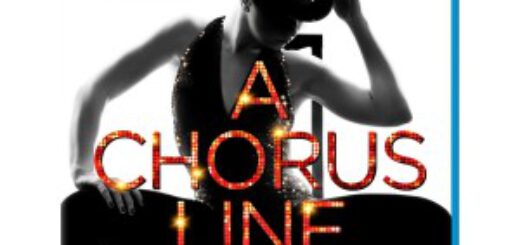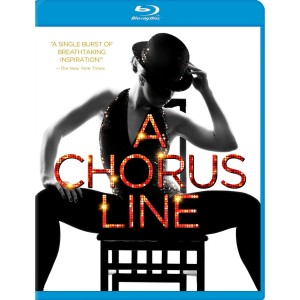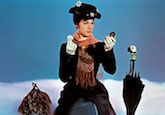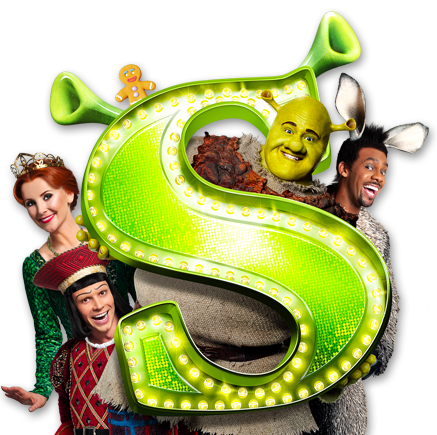“There is a savage beast in every man, and when you hand that man a sword or spear and send him forth to war, the beast stirs.”
George R.R. Martin, A Storm of Swords
So today is Memorial Day, which is the wind-up of Memorial Day weekend, which is the unofficial start of summer. Which means that if, like me, you’re from the part of New Jersey that’s north of Exit 11 on the Garden State Parkway, you “go down the shore.” For those of you not from the Garden State, the translation of “down the shore” is “to the beach.”
This also means spending most of the weekend stuck in traffic on the aforementioned Parkway before you get to Belmar or Seaside Heights or Long Beach Island or Wildwood and places in-between, but The Boss’s Born To Run will be rocking out through your car’s speakers, so it’s cool and anyway it’s all just part of the Weekend. Capiche?
Memorial Day is also the day we as a country are supposed to remember and honor the men and women who have died while serving their country in wartime. It was started as a way to honor Union soldiers who died during the Civil War – the North “borrowed” the South’s custom of decorating the graves of dead soldiers with flowers, ribbons, and flags, and so was called Decoration Day. It was held on May 30th, regardless of which day of the week it fell. It wasn’t until after World War II that Decoration Day became Memorial Day, and it wasn’t until the Uniform Holidays Bill was passed in 1968 that it became attached to the Monday of the last weekend in May as part of the government’s desire to create three-day federal holiday weekends. However, it took another three years (1971) for all the states to universally recognize it.
War movies are a conundrum – War is hell, as General William Tecumseh Sherman said, but in telling stories of war the writers, the actors, the directors and the producers can portray great tragedy, great comedy, great conflict, and great drama. Some war movies are outright jingoistic, others are totally anti-war, but all say something about armed conflict.
Here’s a short list of some of my favorites, with dialogue and/or quotes that have stuck with me through the years:
Stalag 17 (1953): Directed by Billy Wilder. Starring William Holden, Otto Preminger, Peter Graves, Don Taylor, Harvey Lembeck, Robert Strauss, and Neville Brand. Based on the Broadway play, it is the story of American POWs in World War II Germany who start to realize that there is an informant planted within their bunk.
Memorable dialogue:
Duke: (referring to Sefton’s safe escape with Dunbar) Whadda ya know? The crud
did it.
Shapiro: I’d like to know what made him do it.
Animal: Maybe he just wanted to steal our wire cutters. You ever think of that?
The Bridge On The River Kwai (1957): Directed by David Lean. Starring William Holden, Alec Guinness, Jack Hawkins, and Sessue Hayakawa. From the book by Pierre Boulle, it is loosely based on historical fact. British prisoners of war in a Japanese prison camp in 1943 Burma are sent to work building a bridge for the Burma-Siam railroad. The British Colonel is horrified to discover that his men are sabotaging the construction, and persuades them that bridge should be built properly as a testament to British honor, morale, and dignity under the most brutal of circumstances. Meanwhile a team of Allied commandos is planning the destruction of the bridge.
Memorable quote:
Colonel Saito: Be happy in your work.
Major Clipton: Madness! Ma, madness!
Apocalypse Now (1979): Directed by Francis Ford Coppola. Starring Martin Sheen, Marlon Brando, and Robert Duvall with a young Laurence Fishburne and a cameo by Harrison Ford. During the Vietnam War a special operations officer is sent on a mission to find and terminate, without prejudice, another special operations officer who has gone renegade.
Memorable quote:
Willard (voice-over): “Never get out of the boat.” Absolutely goddamn right! Unless you were goin’ all the way… Kurtz got off the boat. He split from the whole fuckin’ program.
The Great Escape (1963): Directed by John Sturges. Starring Richard Attenborough, Steve McQueen, James Garner, Donald Pleasance, James Coburn, Charles Bronson, David McCallum, Gordon Jackson, Angus Lennie, and others. Based on the true story of the mass escape of Allied POW’s from Stalag Luft III in Germany, and adapted from Paul Brickhill’s first-hand account. All the characters are either real or composites of several POWs.
Memorable quote:
Hilts: How many you taking out?
Bartlett: Two hundred and fifty.
Hilts: Two hundred and fifty?
Bartlett: Yeh.
Hilts: You’re crazy. You oughta be locked up. You, too. Two hundred and fifty guys just walkin’ down the road, just like that?
Sands Of Iwo Jima (1949): Directed by Alan Dwan. Starring John Wayne, John Agar, Forrest Tucker, and Adele Mara. The film follows a group of Marines from basic training to the Battle of Iwo Jima.
Memorable quote:
Sergeant Stryker: Saddle up.
Coming Home (1978): Directed by Hal Ashby. Starring Jane Fonda, Jon Voight, and Bruce Dern. The story of three people affected by the Vietnam War – a wife, her Marine career officer husband who is serving in Vietnam, and a paralyzed veteran of that war whom she meets while volunteering in a VA hospital.
Memorable quote:
Captain Bob Hyde: (Yelling at Sally after discovering her infidelity) What I’m saying is! I don’t belong in this house, and they say I don’t belong over there!
Catch-22 (1970): Directed by Mike Nichols. Starring Alan Arkin, Jon Voight, Martin Balsam, Bob Newhart, Charles Grodin, Art Garfunkel, Anthony Perkins, Paul Prentiss, Martin Sheen, and Orson Welles. Based on the book by Joseph Heller, Catch-22 is the satirical anti-war story of Captain John Yossarian, a B-25 bombardier stationed in the Mediterranean during World War II who is expecting to be sent home after completing his required number of missions until he discovers that the commanding officer is continually raising that number. Desperate to go home, Yossarian tries to get out by claiming to have gone nuts, but there’s a catch was sane and had to.”
Memorable dialogue:
Yossarian: Is Orr crazy?
Dr. “Doc” Daneeka: Of course he is. He has to be crazy to keep flying after all the close calls he’s had.
Yossarian: Why can’t you ground him?
Dr. “Doc” Daneeka: I can, but first he has to ask me.
Yossarian: That’s all he’s gotta do to be grounded?
Dr. “Doc” Daneeka: That’s all.
Yossarian: Then you can ground him?
Dr. “Doc” Daneeka: No. Then I cannot ground him.
Yossarian: Aah!
Dr. “Doc” Daneeka: There’s a catch.
Yossarian: A catch?
Dr. “Doc” Daneeka: Sure. Catch-22. Anyone who wants to get out of combat isn’t really crazy, so I can’t ground him.
Yossarian: OK, let me see if I’ve got this straight. In order to be grounded, I’ve got to be crazy. And I must be crazy to keep flying. But if I ask to be grounded, that means I’m not crazy anymore, and I have to keep flying.
Dr. “Doc” Daneeka: You got it, that’s Catch-22.
Yossarian: Whoo… That’s some catch, that Catch-22.
Dr. “Doc” Daneeka: It’s the best there is.
Tora! Tora! Tora! (1970): The story of the Japanese attack on Pearl Harbor on December 7, 1941. Directed by Richard Fleisher. Featuring an ensemble cast including Martin Balsam, James Whitmore, So Yamamura, Joseph Cotton, E. G. Marshall, Takahiro Tamura, Tatsuya Mihashi, Jason Robards, Richard Anderson, and others.
Memorable quote:
Admiral Isoroku Yamamoto: I fear all we have done is to awaken a sleeping giant and fill him with a terrible resolve.
Saving Private Ryan (1998): Directed by Steven Spielberg. Starring Tom Hanks, Matt Damon, Tom Sizemore, Jeremy Davies, Adam Goldberg, Barry Pepper, Vin Diesel, Edward Burns, and Giovanni Ribisi, with a cameo by Ted Dansen. After landing in Normandy on D-Day in 1944, an army squad is ordered to find and bring back the last survivor of four brothers.
Memorable dialogue:
Old James Ryan: (addressing Capt. Miller’s grave) My family is with me today. They wanted to come with me. To be honest with you, I wasn’t sure how I’d feel coming back here. Every day I think about what you said to me that day on the bridge. I tried to live my life the best that I could. I hope that was enough. I hope that, at least in your eyes, I’ve earned what all of you have done for me.
Ryan’s Wife: James?…
(looking at headstone]
Ryan’s Wife (looking at headstone): Captain John H Miller.
Old James Ryan: Tell me I have led a good life.
Ryan’s Wife: What?
Old James Ryan: Tell me I’m a good man.
Ryan’s Wife: You are.
(walks away)
Old James Ryan: (stands back and salutes)
So while you’re lazing on the beach this weekend, or in the park or in your backyard grilling up some dogs and burgers, or at a ball game or just hanging around the house, try to remember, if even for a moment, those who never returned home from those bloody fields of glory.
“For the dead and the living, we must bear witness.”
Elie Wiesel



























